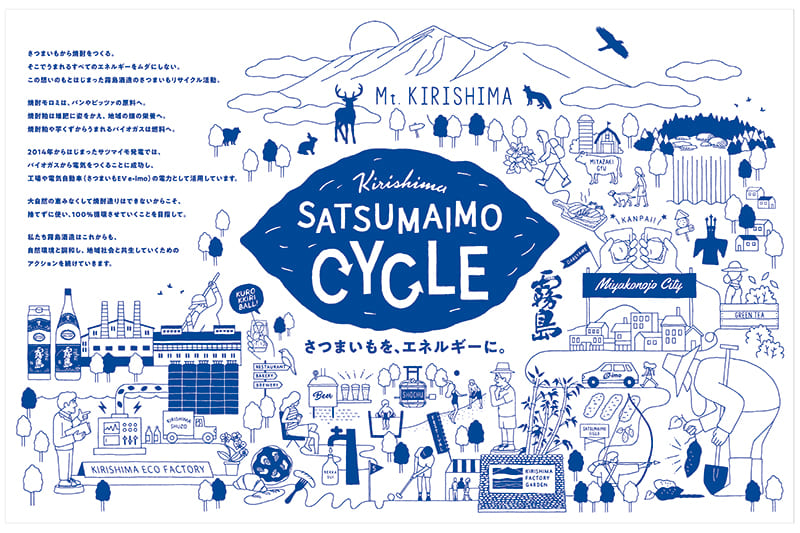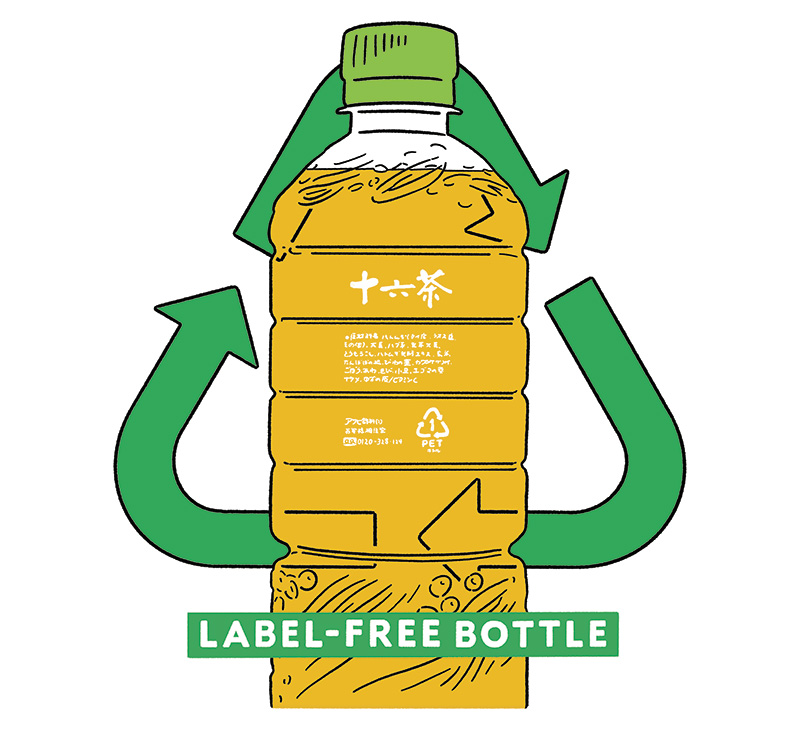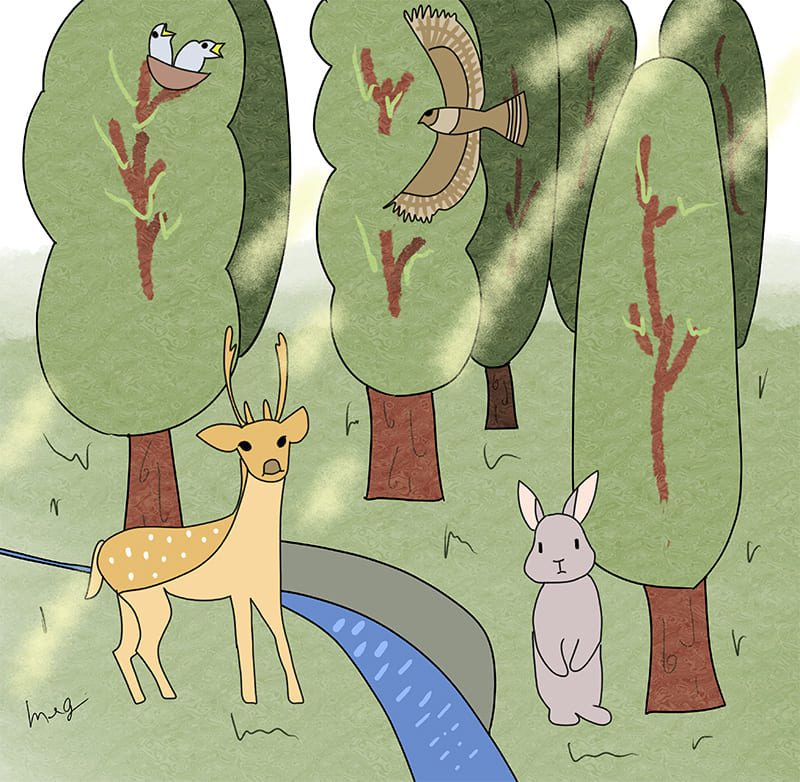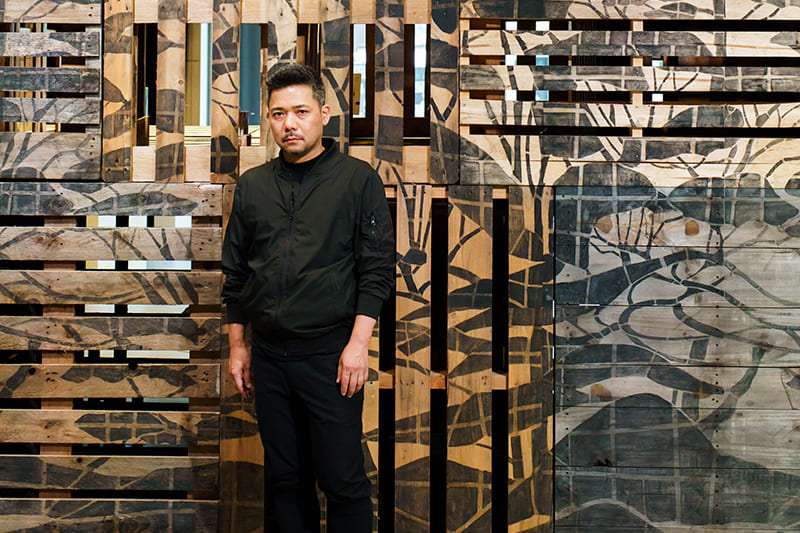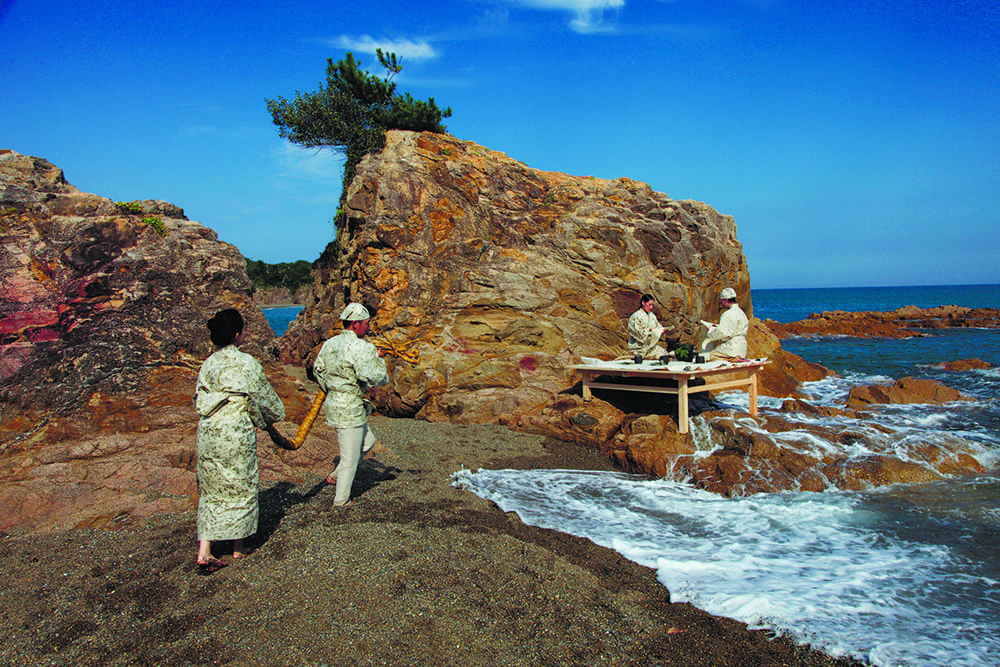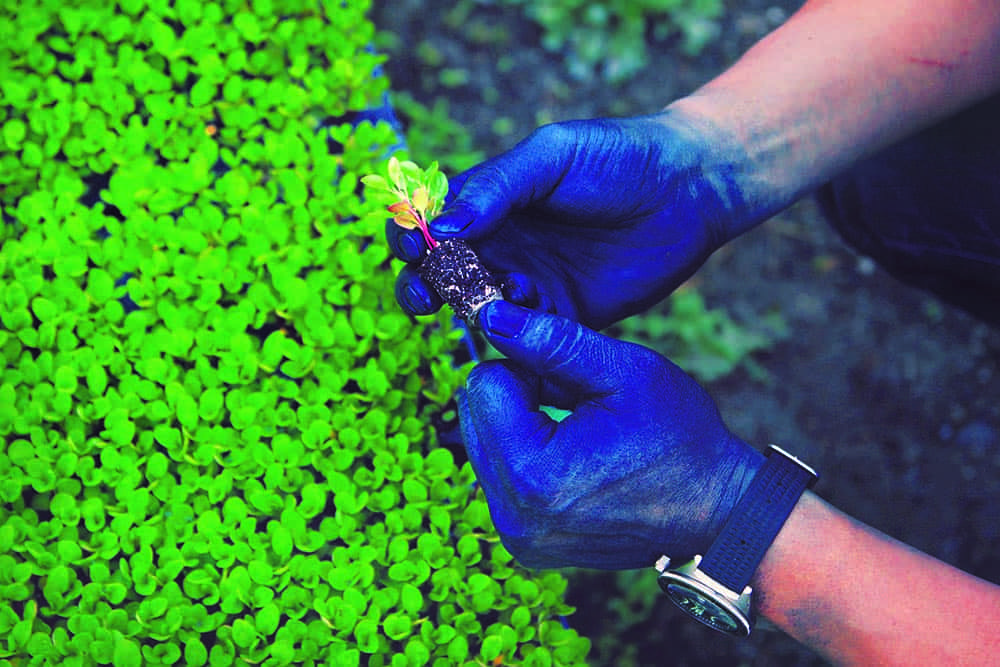August 30, 2021
Mission not impossible: High-grade denim made without chemicals
GREEN JEANS
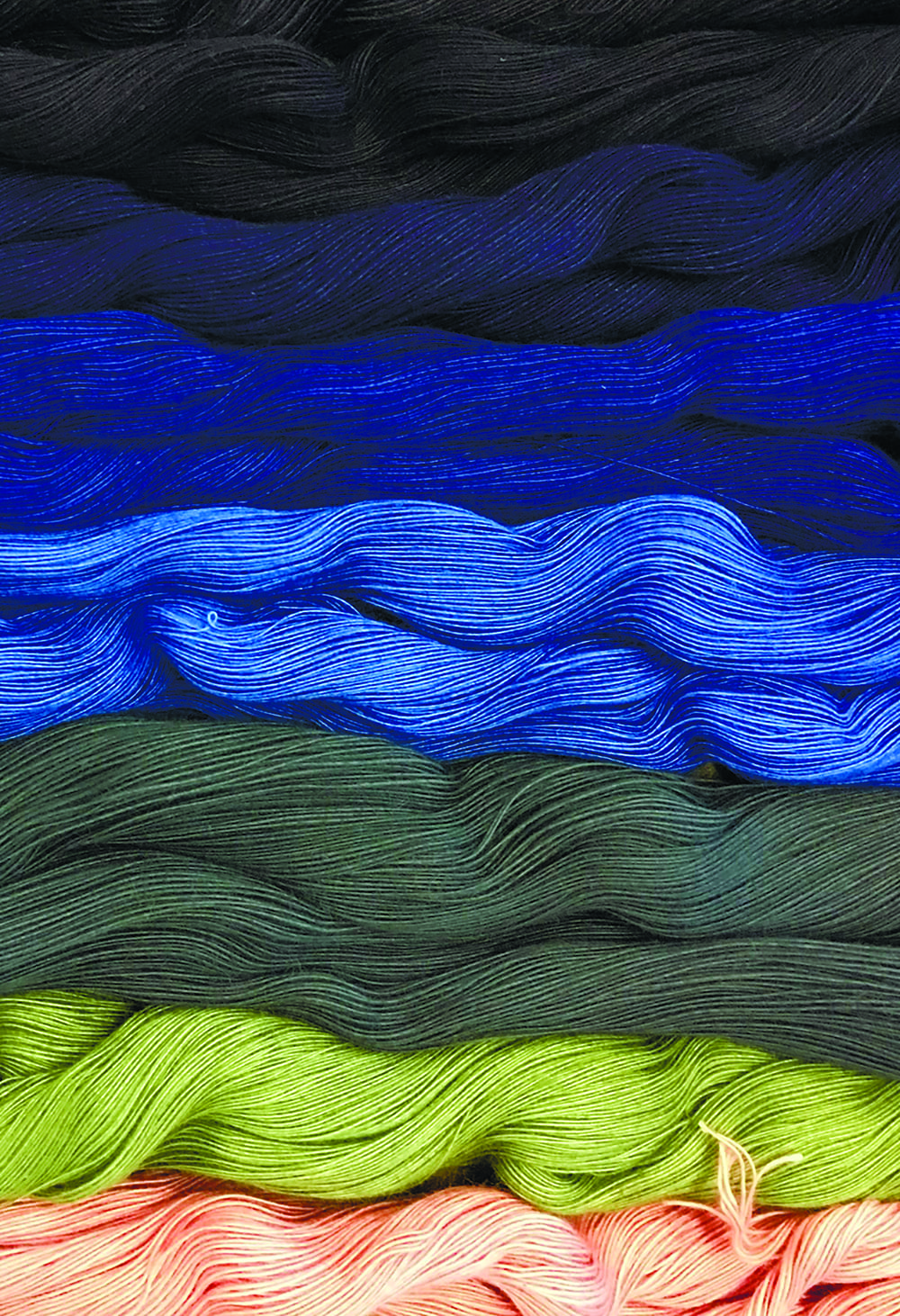
COURTESY: SAKAMOTO DENIM
It is a little-known fact that the clothes we wear come at a significant cost to the environment. According to the 2019 United Nations Conference on Trade and Development, making a single pair of jeans requires 7,500 liters of water.
That is as much water as the average person drinks in seven years. Might that knowledge give you pause before you splurge on your next pair of jeans?
The fashion industry uses 93 billion cubic meters of water each year, an amount that would meet the needs of 5 million people. A vast amount of water is needed to wash fibers such as cotton before they can be dyed. Then, in the process of cleaning those fibers, 500,000 tons of microfiber (the weight of 3 million barrels of oil) is flushed into the sea each year. These two problems — the use and the contamination of large amounts of water — are key environmental issues facing the fashion industry.
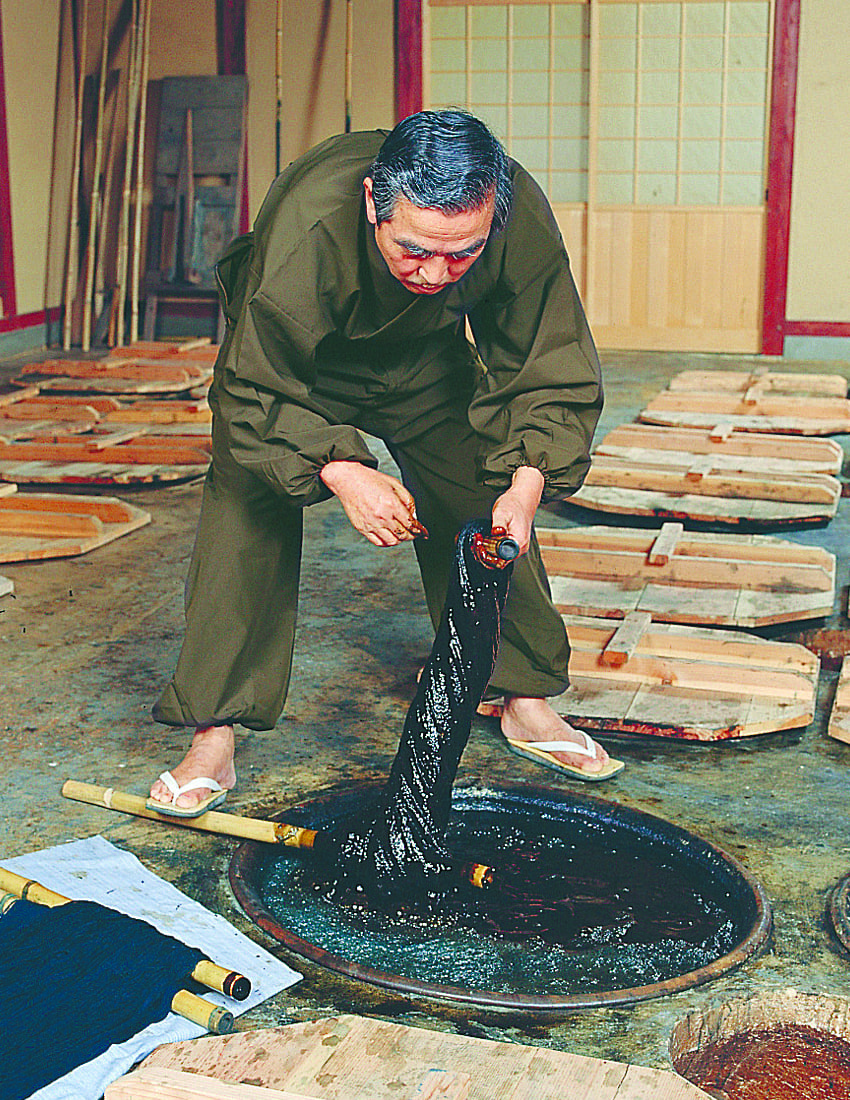
COURTESY: SAKAMOTO DENIM
But one company is confronting both problems head-on: Sakamoto Denim, in the Hiroshima Prefecture city of Fukuyama, the second-most-populous city in the prefecture. It lies on the border with Okayama Prefecture, far east of the city of Hiroshima. The region around Fukuyama and extending into Okayama is known as Bingo, and it boasts a thriving textile industry. The area is particularly known for the production of thick fabrics such as denim and cloth for work clothes, and the quality of its goods is so high that even well-known overseas luxury brands outsource their denim production to factories there. Denim lovers from around the world know the area as a denim mecca that makes many highly sought-after products. Sakamoto Denim, founded in 1892, is a successful dyeing factory. But in recent years, its use of large amounts of warm water and detergent during the dyeing process began to weigh on the minds of its owners.
From around 2000, the use of environmentally friendly organic cotton became common in the denim industry. However, Sakamoto Denim President Ryoichi Sakamoto, a fourth-generation company leader, had reservations because even if the yarn itself was organic, it was inevitably drenched in chemicals during the production process. He also knew that Sakamoto Denim was using extremely large amounts of water — and warm water at that. This was because in order to dye denim well, it was necessary to first thoroughly wash away the cotton strands remaining from the process of making thread. And in order to dye the yarn evenly, it was necessary to wash the yarn with a large amount of detergent in warm water.
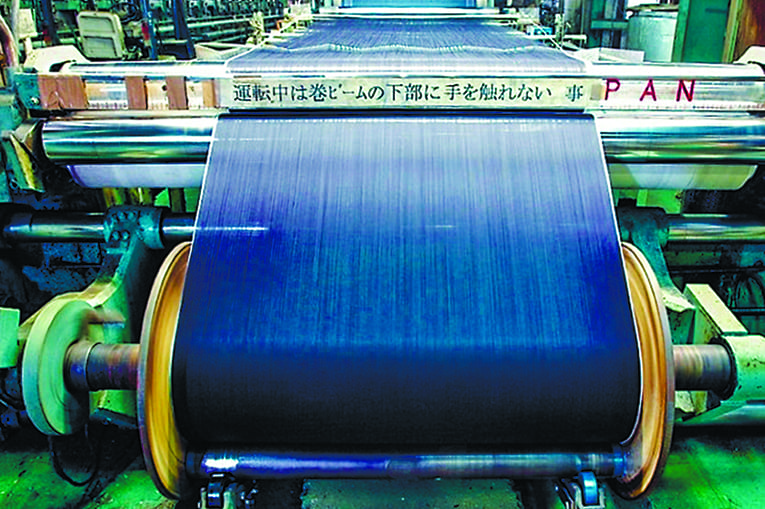
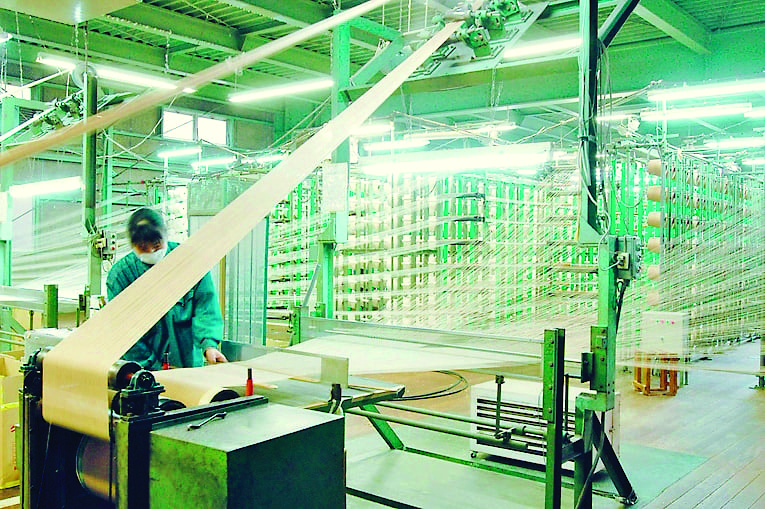
Inside the factory. Work is carried out efficiently using machines.
COURTESY: SAKAMOTO DENIM
In response, Sakamoto set his sights on a new technology involving electrolysis. Electrolyzed water, produced by adding salt and running an electric current through it, can act as a detergent but contains no chemicals. Moreover, it produces satisfactory results even at normal temperatures, so there is no need to heat it. By adopting electrolyzed water in the cleaning process, Sakamoto Denim managed to decrease the amount of heavy oil it used by as much as 40 percent.
The company is also working on the development of new environmentally friendly dyeing technologies. Denim fabric is generally dyed with synthetic indigo. But Sakamoto Denim produces natural indigo dyes extracted from plants. However, unlike artificial dyes, natural dyes contain impurities such as bits of soil and roots, so it is often difficult to get the dye to bond to the fabric well enough to produce dark colors. To overcome this, the company developed a dyeing machine that achieves rich indigo colors that competitors cannot equal. It is also working on the development of new colors by experimenting with combining natural indigo and other natural dyes.
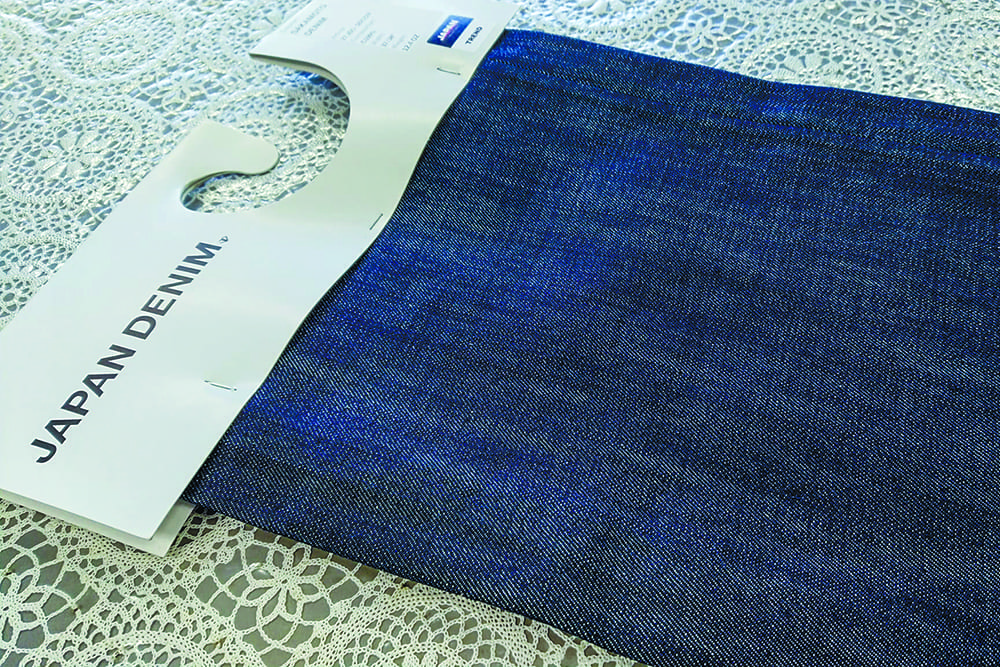
COURTESY: SAKAMOTO DENIM
Gentaro Matsumoto, who is in charge of the Environmental Department at Sakamoto Denim, said: “Since the time of its founding, 130 years ago, our company has been here dyeing on this same land and using the same water. In recent years, we’ve been treating our wastewater ourselves, and every morning our employees bring in the sludge from the treatment process and mix it in with kitchen waste, composting it in a bio-processing machine and eventually using it in the company’s flower beds and on nearby farms. We will continue to aim to be the world’s most environmentally friendly dyeing and processing plant.”
デニムづくりの聖地で進む、環境に配慮した染色。
国連貿易開発会議によれば、ジーンズ1本を作るために、約7500リットルの水が必要だという。これは一般の人7年分の飲み水に匹敵する。綿などの繊維を染色前に洗うために膨大な水が必要なためだ。また、その洗浄の過程で約50万トンのマイクロファイバーを海に垂れ流している。ファッション産業が抱える問題のひとつが、この大量の水の使用と、汚染水なのだ。
〈坂本デニム〉は1892年創業の、糸を染める工場。しかしその染色過程での、大量の温水と洗剤の使用に心を痛めていた。デニム業界ではオーガニックコットンを使用していたが、糸がオーガニックでも、他の生産工程で薬剤まみれになっていた。
そこで着目したのが、水の電気分解を利用した新技術だった。電解水は、水に塩を加え電気分解させることで生み出されるもの。洗浄効果はあるが、化学薬剤は含まれていない。また、その高い効果ゆえ、温水ではなく常温の水を使用することで十分事足りる。これにより使用する重油の量も以前より40%減った。
Return to Sustainable Japan Magazine Vol. 3 article list page

